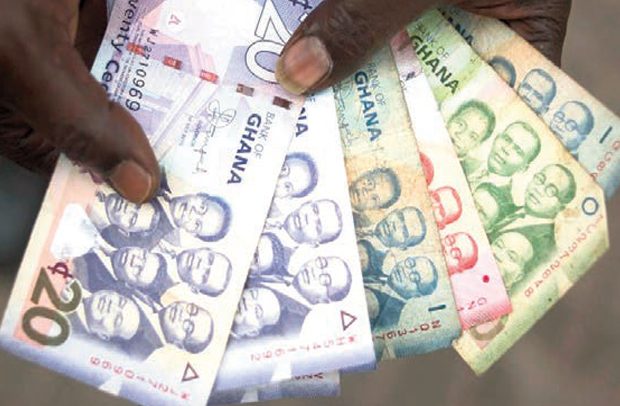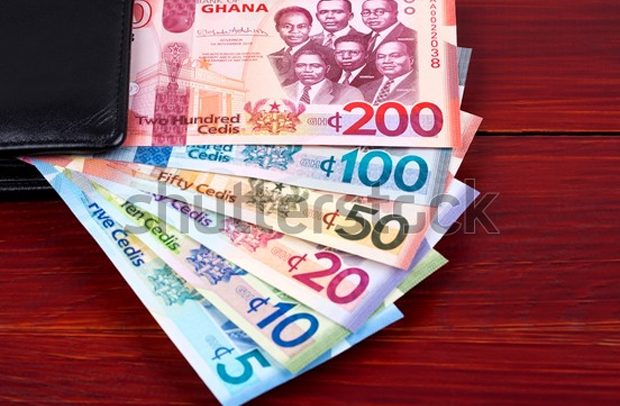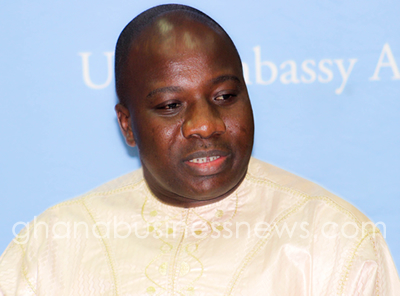
Ghana’s external sector has posted back-to-back trade surpluses over the past two years—a rare bright spot in a challenging macroeconomic landscape.
But beneath this headline achievement lies a complex interplay of exchange-rate dynamics, global price movements, and looming competitive threats that policymakers and exporters can no longer ignore.
In 2023, Ghana recorded total exports valued at ?186 billion. With an average exchange rate of ?11.07 to the U.S. dollar, this translated to approximately US$16.8 billion in export receipts. Imports for the year were ?6 billion lower, yielding a trade surplus of around US$541 million.
The picture grew even brighter in 2024. Export earnings surged to ?294.9 billion, bolstered not by a massive jump in shipment volumes or commodity prices, but largely by currency depreciation. With the Ghanaian cedi falling from ?11.07 to ?14.31 per US$1, exporters reaped substantial gains in local currency terms even if their shipments and global prices remained flat. In dollar terms, the 2024 export figure amounted to US$20.6 billion.
This marks the second consecutive year in which Ghana’s trade balance remained firmly in the black—an impressive feat considering ongoing global uncertainties and internal fiscal constraints.
The critical driver behind the surge in export earnings is the depreciation of the cedi. In simple terms, when the local currency weakens, every dollar earned abroad converts into more cedis at home. Between 2023 and 2024, Ghana’s exporters earned an extra ?3.4 for every dollar in sales purely due to exchange rate movements.
This means that for the same ton of cocoa, gold, or crude oil sold abroad, exporters brought home roughly 29.2% more in local currency. For firms operating primarily in cedis—paying workers, covering local overheads, and meeting domestic obligations—this conversion gain is a major boost.
It also raises government revenue through increased taxable income and royalties, feeding directly into the national fiscal architecture. Yet, this financial windfall may be fleeting or even dangerous if not managed carefully.
Fast-forward to 2025, and the exchange rate has dramatically reversed course. The cedi has appreciated to roughly ?10.29 per U.S. dollar. While this might be welcomed by importers and consumers hoping for lower prices on foreign goods, it poses a major problem for exporters.
If Ghana’s ?294.9 billion worth of 2024 exports were valued at today’s stronger rate of ?10.29/US$1, foreign buyers would have to pay about US$28.6 billion—an effective 38.9% price hike compared to the US$20.6 billion valuation just a year ago.
This raises a serious red flag: unless Ghanaian exports are irreplaceable or offer unique quality, branding, or product differentiation, international buyers are likely to balk at these higher dollar prices. In a globally competitive market, a nearly 40% jump in prices can push clients toward alternative suppliers in other developing economies.
Ghanaian exporters are now confronted with a difficult policy and business dilemma:
• Maintain current dollar prices and risk a drop in demand as buyers look elsewhere.
• Cut dollar prices to stay competitive but earn fewer cedis per shipment, eroding the revenue gains from the past two years.
Either option carries real consequences. Reducing dollar prices would lower cedi earnings at a time when many firms have grown dependent on the boost from depreciation. Holding firm on pricing could lead to reduced sales volumes and declining market share.
This tug-of-war between pricing power and market retention is already being felt across key export sectors, especially among cocoa, gold, and crude oil producers—the traditional pillars of Ghana’s trade balance.
What’s Next? Policy Signals and Strategic Choices
The situation presents a fresh set of challenges for Ghana’s economic managers. While trade surpluses are generally celebrated, the foundation of Ghana’s recent success rests heavily on currency depreciation—a tool that cannot be sustainably relied upon.
With the cedi gaining strength in recent months—thanks in part to tighter monetary policy, IMF inflows, and improved market confidence—the tailwind that exporters have enjoyed may soon fade.
Policymakers will need to pivot toward strategies that enhance export competitiveness beyond exchange rate advantages. These could include:
• Improving infrastructure to reduce supply chain costs
• Investing in value addition and industrial processing
• Supporting branding and certification for niche exports
• Expanding trade promotion efforts in new and non-traditional markets
At the same time, Ghana must strike a delicate balance between exchange rate stability and export-sector viability. If the cedi continues to appreciate, exporters will need support to adjust—whether through tax incentives, pricing assistance, or soft credit lines to buffer against the squeeze.
A Trade Triumph or a Ticking Time Bomb?
Ghana’s recent trade surpluses underscore the powerful role of exchange rate dynamics in shaping external performance. But they also expose the vulnerability of relying too heavily on currency movements to drive earnings.
As global buyers weigh price versus value, and as the cedi’s strength returns, Ghana must prepare for a new phase in its export journey—one where competitiveness is earned through strategy, not serendipity.
If the nation gets this right, it could lock in sustainable trade gains that outlast the currency cycles. If not, the surpluses of 2023 and 2024 may soon be viewed as a high-water mark rather than a turning point.
The post Cedi gains hurt exports first appeared on 3News.
Read Full Story
















Facebook
Twitter
Pinterest
Instagram
Google+
YouTube
LinkedIn
RSS